The big changes at Maranello designed to make Ferrari title contenders again
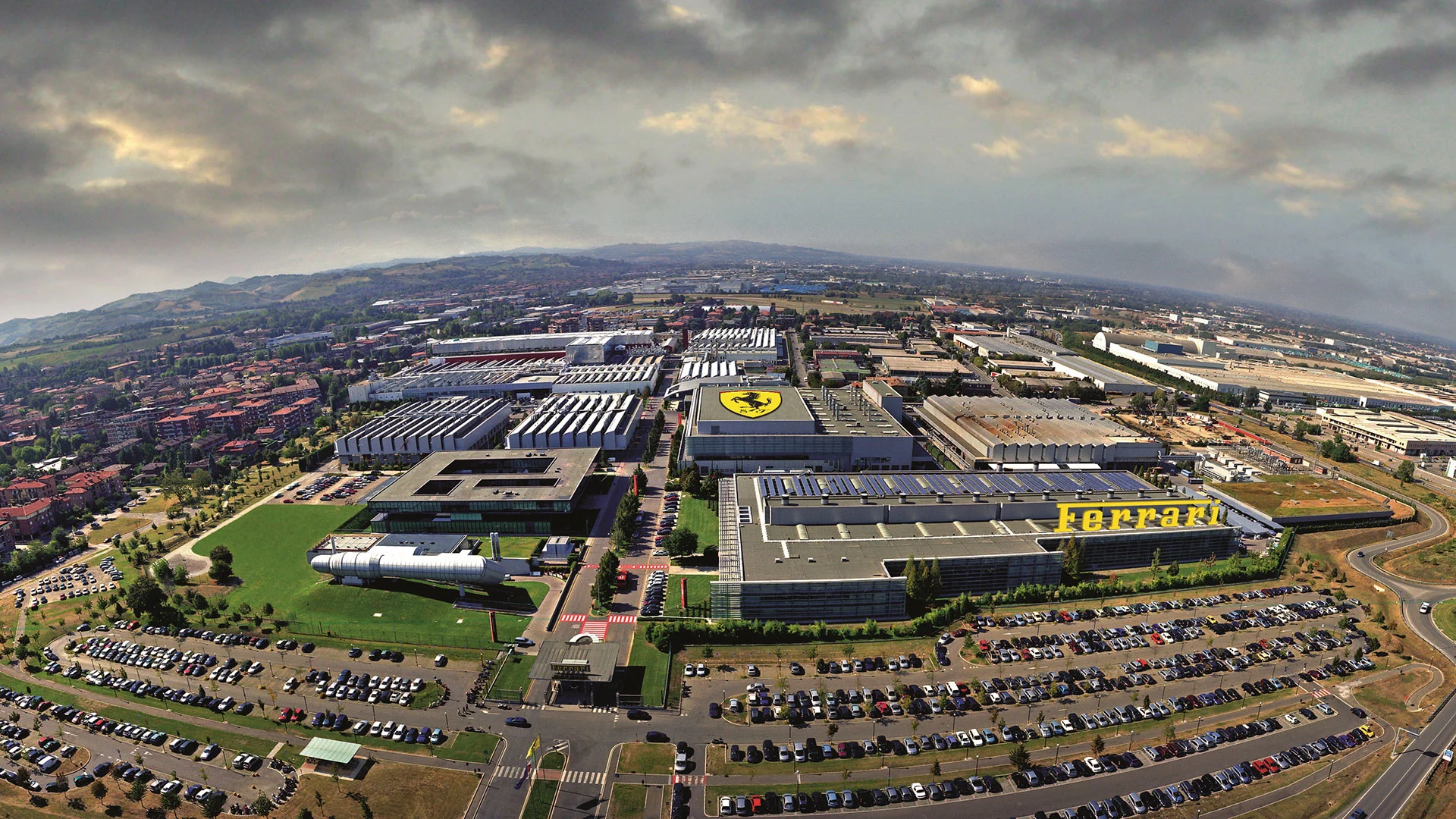
There’s a spring in the step of those working in Ferrari’s famous Maranello headquarters right now, the Prancing Horse faithful buoyed by a bullish response to their worst campaign in 40 years in 2020.
Boss Mattia Binotto’s bid to empower his staff and escape the blame culture seems to be working – and the result was a consistent season (they scored points 38 times, more than any other team) that yielded P3 – and defeat of rival McLaren – in the constructors’ championship.
READ MORE: Ferrari name the date for their 2022 car launch
This is still not good enough for Ferrari, mind. They want World Championships. They want to build an era of dominance. But there are shoots of hope that they are back on the path to achieving that goal and ending a 14-year wait for a title.
Heavy focus on 2022 car early doors
Ferrari switched resources and focus to 2022 – when new sweeping technical regulations will be introduced – early on in 2021, but to be fair, they were joined in doing so by most of their rivals.
READ MORE: Just how good was Ferrari’s 2021 Formula 1 campaign?
For the Prancing Horse, doing so was a no brainer because they were not in a title fight and the rule change offered them a huge opportunity to make a big step forward and recover some of the ground lost to Mercedes and Red Bull in the last couple of years.
Despite turning off the taps on 2021 development early, Ferrari were still able to learn plenty. Not only did they understand their package quickly and were consistently able to get the best out of it, but when things went awry in France when couldn’t understand the tyres, Ferrari responded immediately and were back on the pace by the next race.
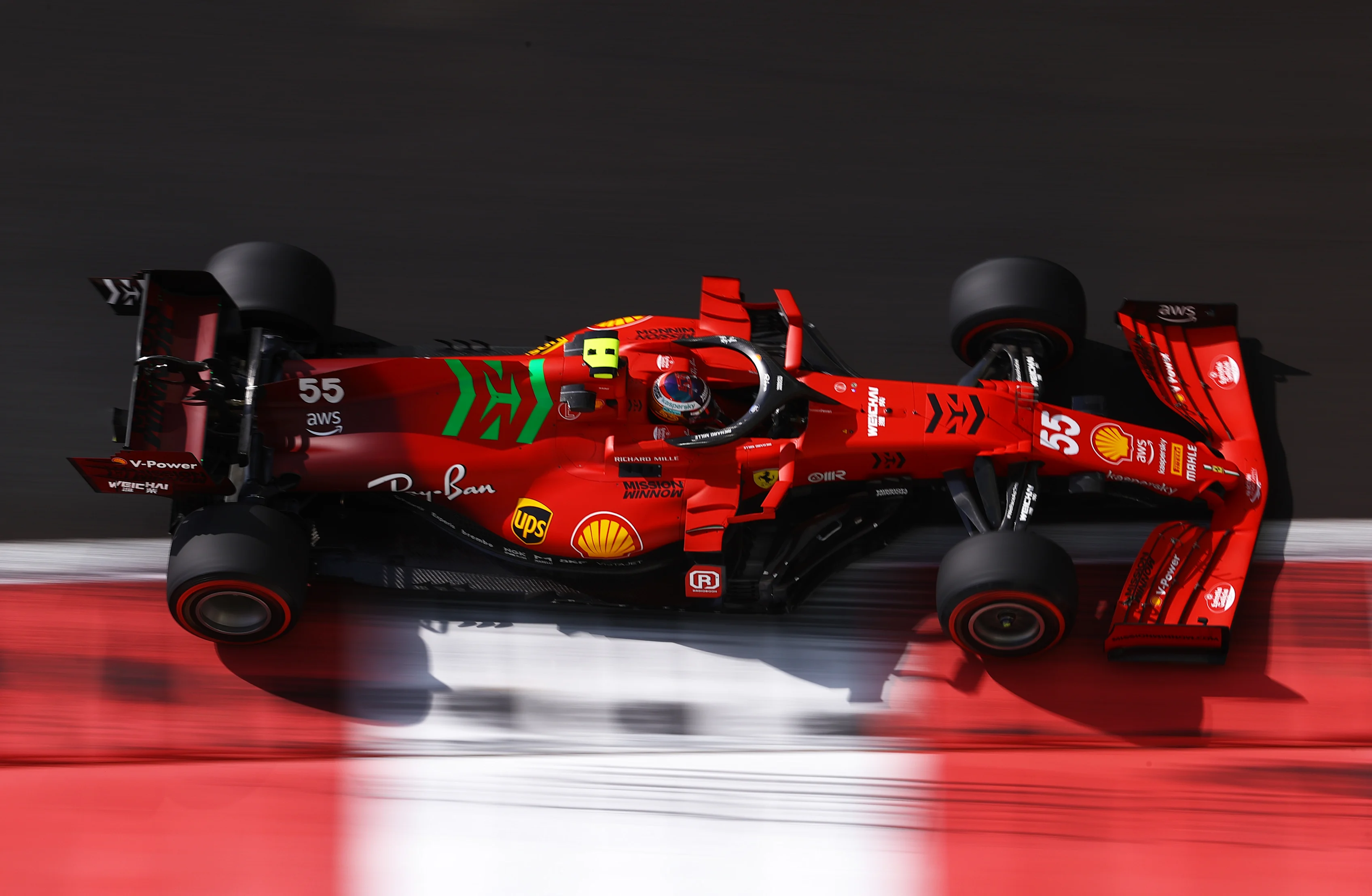
With the development race sure to be a big factor next year, with teams working with relatively immature regulations, Ferrari can take confidence from being able to understand their car and their weaknesses quickly.
Binotto says the design team took an “open-minded” approach to the 2022 car concept, not just regarding the external shapes but what could be done under the bodywork in terms of layout and architecture and he believes they have “made significant innovations”.
READ MORE: TECH TUESDAY: How Ferrari's Mexico City brake experiment gave us a glimpse of F1's future
He is playing down expectations, but it’s believed privately many inside Ferrari feel they are working in the right way and making the right decisions now. Keep doing that and it increases the chance of catching up to the frontrunners. “If I look at the gap today [to Red Bull and Mercedes], it’s still significant, showing those teams are very strong,” says Binotto. “We have put a lot of effort on 2022 –[it was] the priority [which] was for us a necessity. If we hadn’t done that, it would be difficult to have a competitive car in 2022.
“Is it giving us full confidence? No we cannot be confident. We have no references from the others. What we know is that we have put all our effort in. Whatever we have is the best result of a team effort. And that’s important to us.”
Updating Maranello’s tools
Simulation is an area where Ferrari have lagged relative to their rivals but last summer, after more than two years of work, a new state-of-the-art simulator came online at Fiorano, the Scuderia’s private track testing facility.
They’ve spent the last few months validating the simulator, and even used it as a trial with race preparation for the inaugural Saudi Arabian Grand Prix, the penultimate race of last season. It’s hoped it’ll be working at full speed in time for the start of the season.
READ MORE: Ferrari unveil 'cutting edge' simulator at Fiorano to help develop all-new 2022 F1 car

“A lot of effort has been done and a lot of new tools have been developed in terms of simulations,” said Binotto. “We’ve got a new simulator but it is not the only [improvement], just the tip of the iceberg. In terms of aero, the wind tunnel, calculations in the design and the tyre management, a lot has been done.
“I’m very happy to see the progress in that aspect. [Simulation and correlation] will be a key for 2022 because as soon as we put the car on the track we will measure the behaviours. What will be important is to understand the car behaviour and address the weaknesses as soon as possible and you can only do that if you’ve got good tools, simulations and correlations.”
READ MORE: Sainz '100% ready' to fight for 2022 championship with Ferrari after best-ever season
Ferrari engine division making waves
Ferrari’s power unit was the weakest of all heading into the 2021 season, trailing Mercedes, Honda and Renault. They made gains over the winter to close the gap for last season, and then moved forward again during the year with the introduction of a hybrid system that had initially been pegged for 2022 but which they introduced last year in Sochi, an impressive eight races ahead of schedule.
That engine update delivered raw performance that helped them leapfrog McLaren and roar away from the British squad in the fight for P3 in the constructors’ championship. Correlation was strong, too, and its success gives the team confidence their all-new engine concept for 2022 is along the right lines.
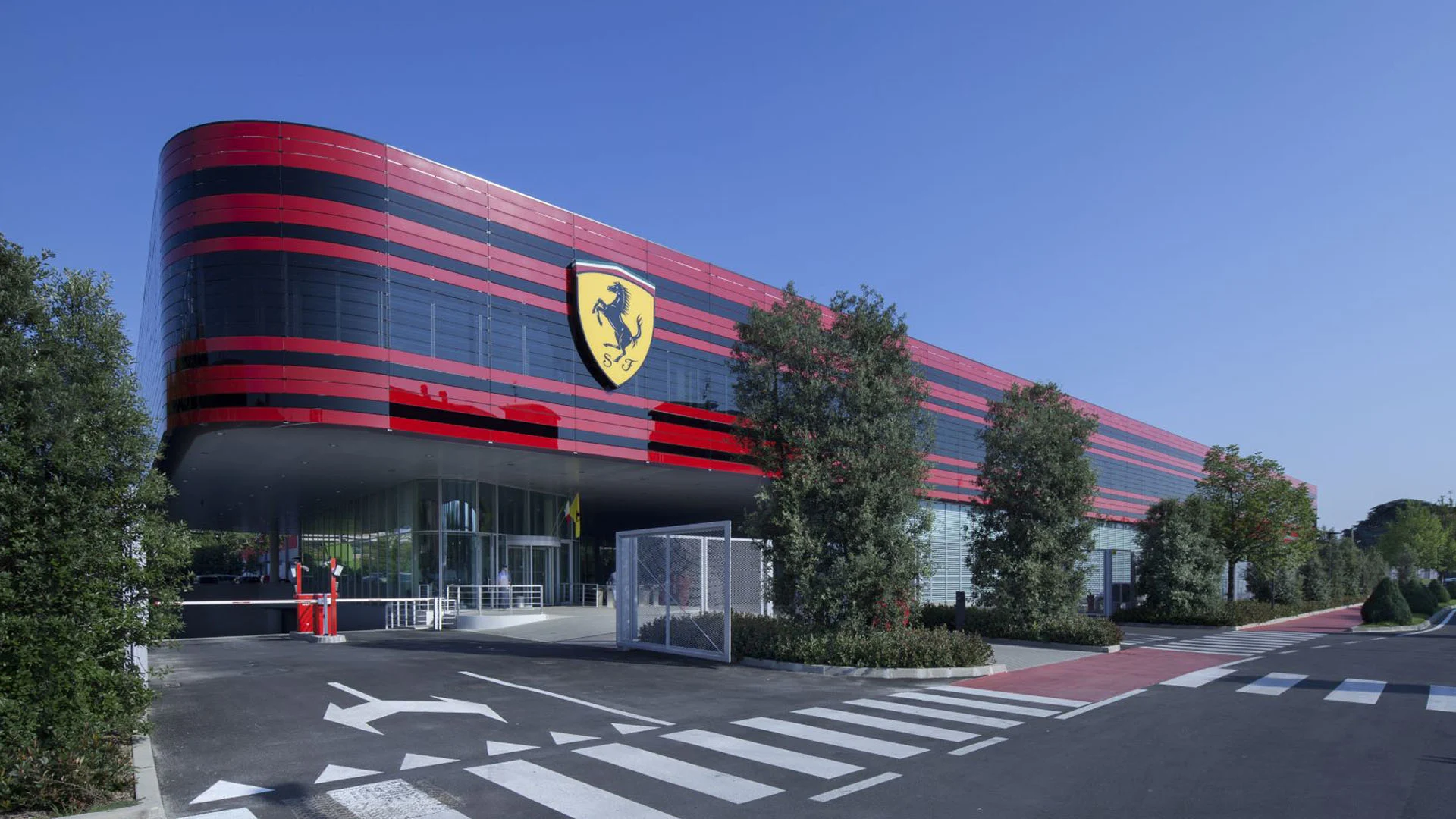
“The [2022] power unit is significantly different to the current one, except the hybrid. For the hybrid what we introduced in 2021, we had anticipated we would have had in 2022. There will be some changes to the hybrid system for 2022 because more sensors are required from the FIA. But the overall system is very similar to the one we raced at the end of the season.
“The rest, especially on the internal combustion engine, I have to say is significantly different. We've got a new fuel, which is 10% ethanol and changed a lot the combustion. Just considering that different fuel, whoever the supplier is, teams are losing more or less 20 horsepower, which means somehow the combustion itself is quite changed.”
WATCH: F1 drivers and presenters react to the 2021 season
Ferrari want to get back on the top step
Forty-five races have passed since Ferrari won a Grand Prix (when Sebastian Vettel triumphed in Singapore 2019). Ending that barren run is high up on the Scuderia’s agenda.
Binotto and senior management accept that a title tilt this year is a step too ambitious, but last year having scored two pole positions, come close to winning Monaco on pure performance and taken five podiums, it’s a reasonable ambition for the team to get back onto the top step and fighting for pole positions once again.
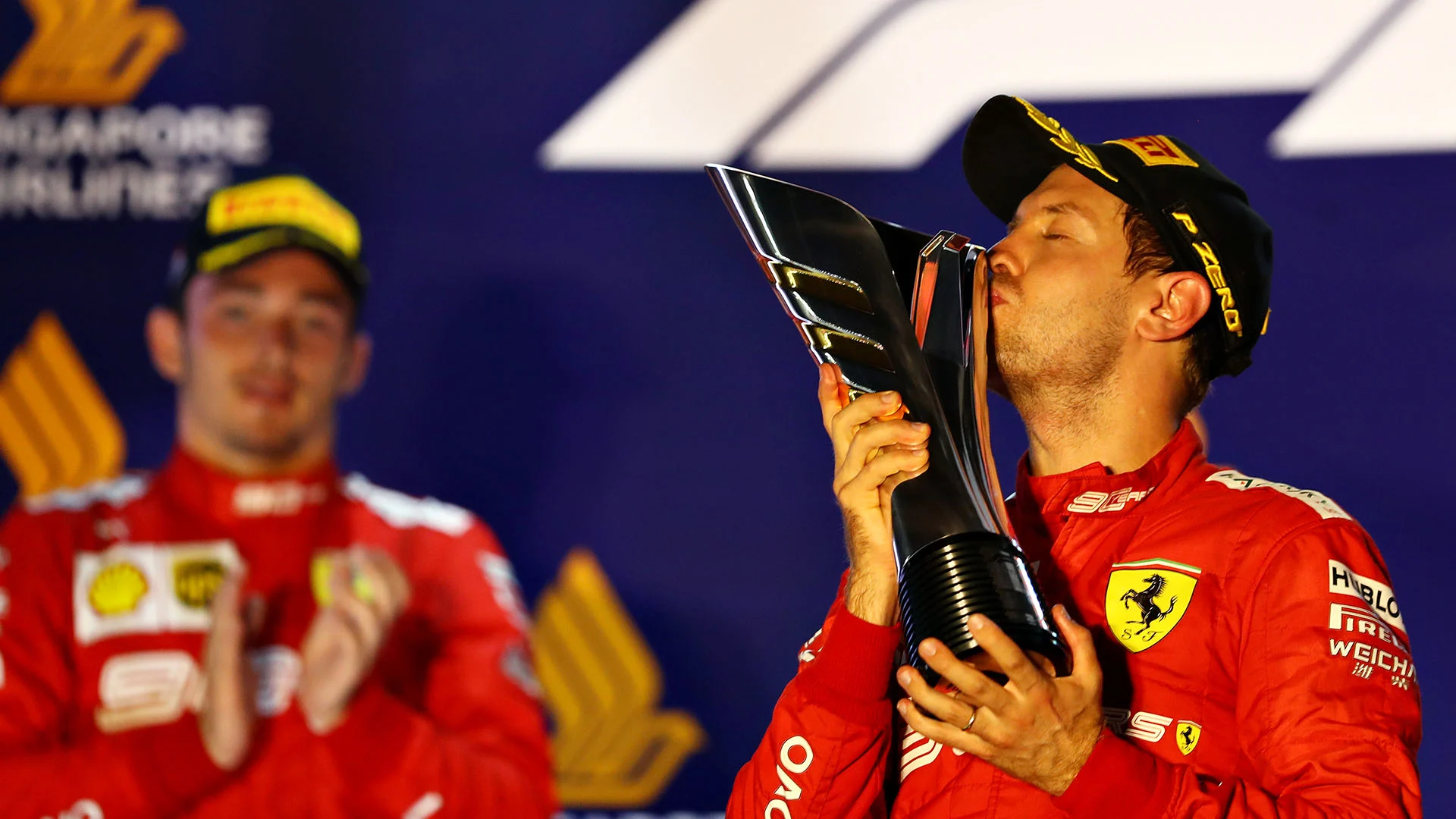
“What will be important for us next year is to keep on growing and it is to further reduce the gap to the competitors,” said Binotto. “The new regulations are a clear opportunity.
READ MORE: 2022 18-inch tyres a ‘huge achievement’ says Pirelli boss as he reveals test findings
“The hope is to be competitive and for me, to be competitive is to be in the position of winning races. Would that mean that we can fight for a championship? If I look at today, the gap is still big. But as Ferrari, it’s part of our DNA [to fight for wins].
“What is important is to be capable of fighting at least in some races for pole and for the win. That is the simple consequence of continuous growing and improvement. I would be disappointed if we have not improved this year.”
Next Up
Related Articles
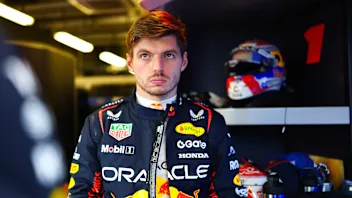 Verstappen names his most difficult season in F1
Verstappen names his most difficult season in F1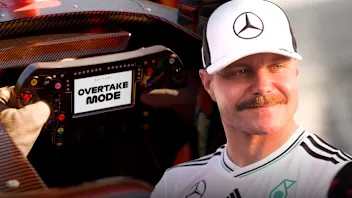 Bottas on how F1 drivers will adapt to the 2026 regulations
Bottas on how F1 drivers will adapt to the 2026 regulations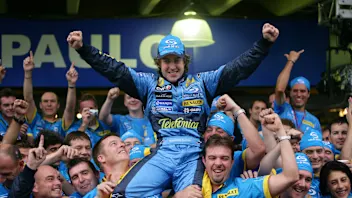 7 dynasty-ending championship wins
7 dynasty-ending championship wins.webp) The 10 youngest drivers to race in F1 – and how they fared
The 10 youngest drivers to race in F1 – and how they fared/SI202601151062%20(1).webp) Check out every angle of Racing Bulls’ 2026 livery
Check out every angle of Racing Bulls’ 2026 livery Verstappen on what he would never do as an F1 team boss
Verstappen on what he would never do as an F1 team boss